Hurricane Fiona Devastating Dominican Republic and Puerto Rico
Lara Balai/AFP via Getty Images
A flooded street after Hurricane Maria passed through with heavy rain and strong winds.
September 23, 2022
September continues to keep its title as the worst month during hurricane season with the appearance of Hurricane Fiona in Puerto Rico on Sunday the 18th. As it travels northeast towards Canada, it is becoming increasingly dangerous and threatening. As of Thursday the 22nd, it is classified as a category four storm.
First identified as a category one storm, defined by 74-95 mph winds by the National Hurricane Center (NHC), it quickly became a category three hurricane on Tuesday the 20th. The NHC considers a category three a major storm with 111-129 mph winds and states “Devastating damage will occur: Well-built framed homes may incur major damage or removal of roof decking and gable ends. Many trees will be snapped or uprooted, blocking numerous roads. Electricity and water will be unavailable for several days to weeks after the storm passes.”
Puerto Rico and the Dominican Republic were still recovering and repairing their power grids from Hurricane Maria in 2017 and were not prepared for the damage that Fiona would cause once it became a major hurricane. LUMA Energy, the company that is in charge of the territory’s power, explained to CNN that “Power had been restored to more than 280,000 customers by Tuesday morning.” Despite this, on Tuesday there were still over 1.17 million customers without power. However, as of Thursday the 22nd, at least a million people have their electricity and water back and running as crews are working to repair the damage dealt to necessary utilities.
Certain areas of Puerto Rico had over 30 inches of rain on Tuesday and suffered severe flooding due to the massive rainfall. “A lot of people – more than (during) Maria – lost their houses, now (they) lost everything in their houses because of the flooding,” Juan Miguel Gonzalez, a Puerto Rican business owner, told CNN on Monday. “Maria was tough winds. But this one, with all the rain, it just destroyed everything in the house.” National Guard Brig. Gen. Narciso Cruz also said in an interview with CBS that “There were communities that flooded in the storm that didn’t flood under Maria, I’ve never seen anything like this.” Citizens have said that they have never seen such extreme damage caused by a hurricane since 2017 when Maria hit.
Puerto Rico and the Dominican Republic are desperately trying to recover as fast as possible. According to CNN, “the White House said Monday that President Joe Biden told Pierluisi (Governor of Puerto Rico) during a phone call that federal support will increase in the coming days.” New York Gov. Kathy Hochul also explained that she would send 100 state troopers to assist Puerto Rico. NPR elaborates on the support the nation is providing: “Anne Bink, the associate administrator of the Office of Response and Recovery at the Federal Emergency Management Agency, says the agency is much better situated to respond to Fiona than it was for Maria.”
Thursday, Hurricane Fiona became a category four storm and has winds of 130 mph. It is passing through western Bermuda and is predicted to travel to eastern Canada, avoiding U.S. states, however; it will cause extreme waves along the coast due to the winds at the edge of the storm. Hurricane Fiona is still active, and there is so estimation for when it will calm down and, eventually, disappear.



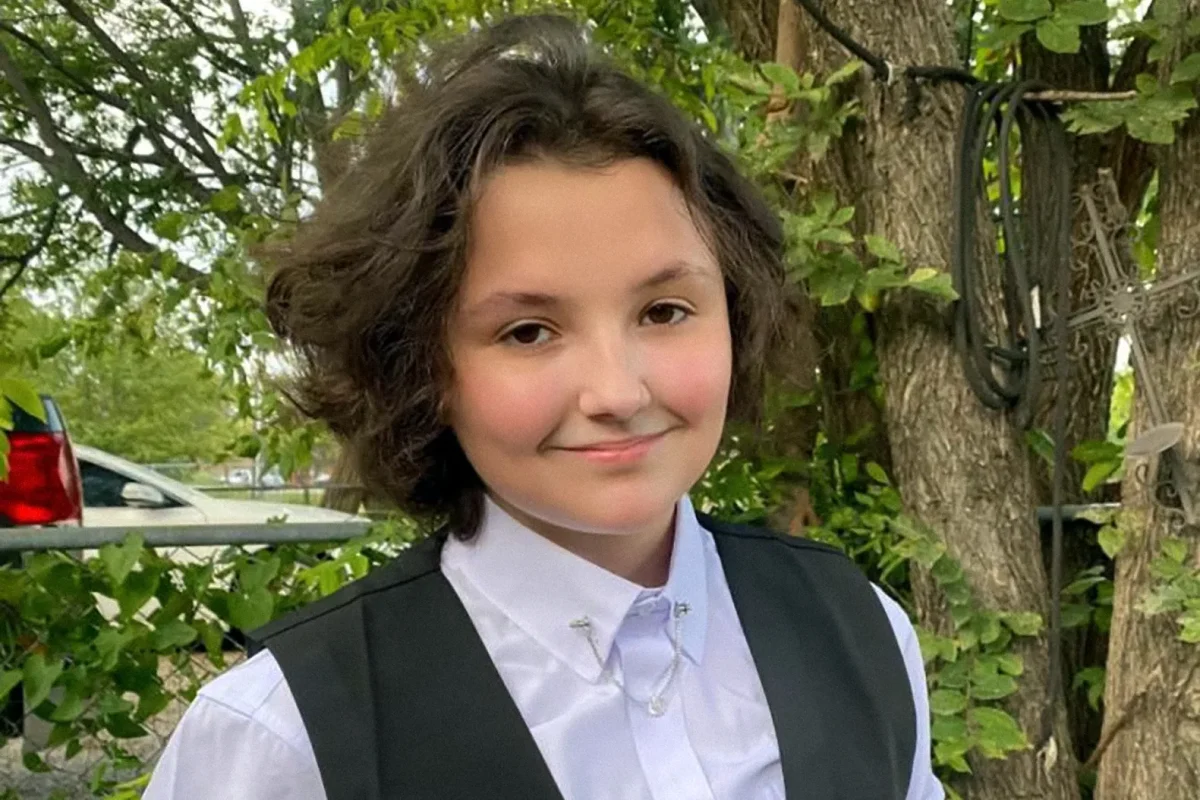





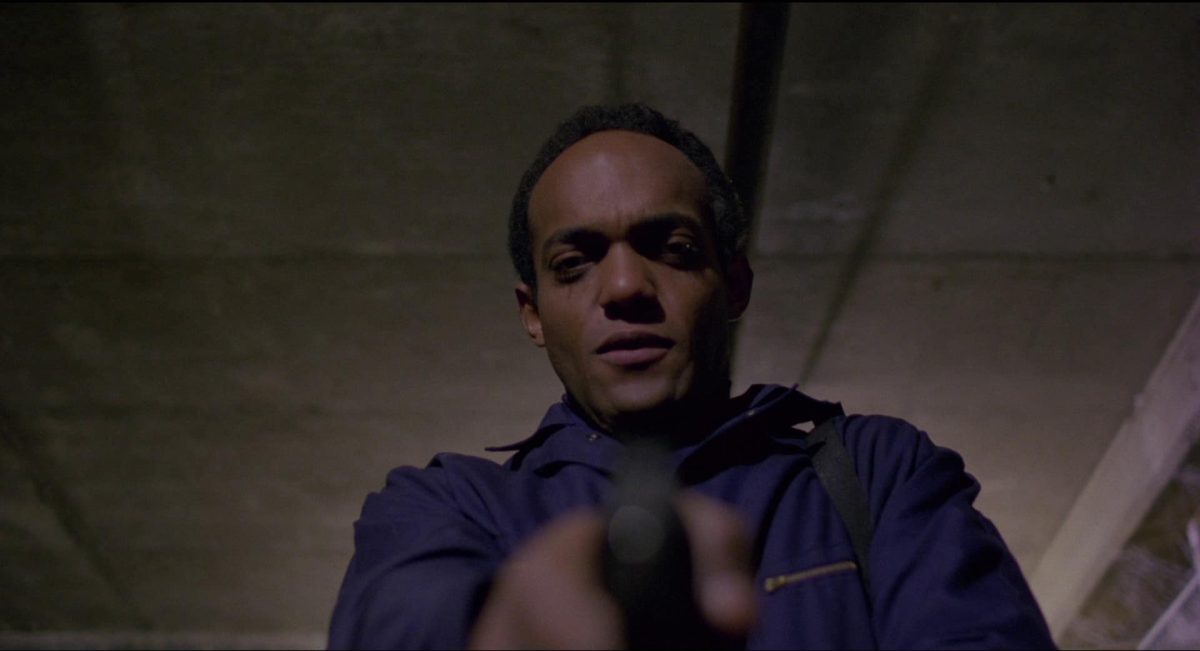
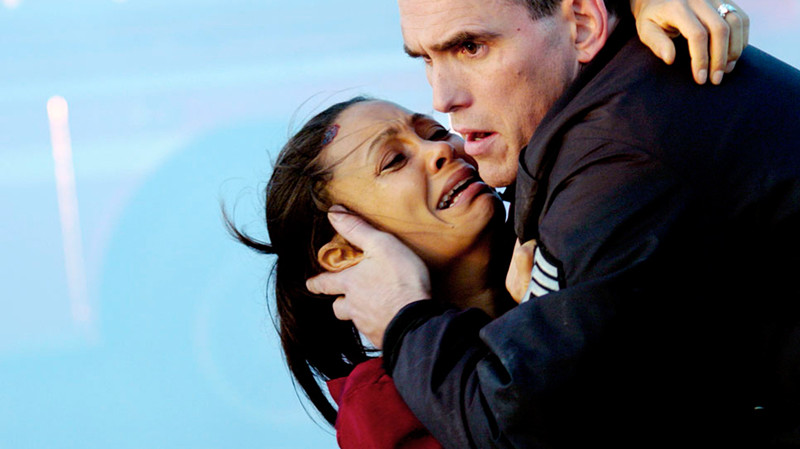







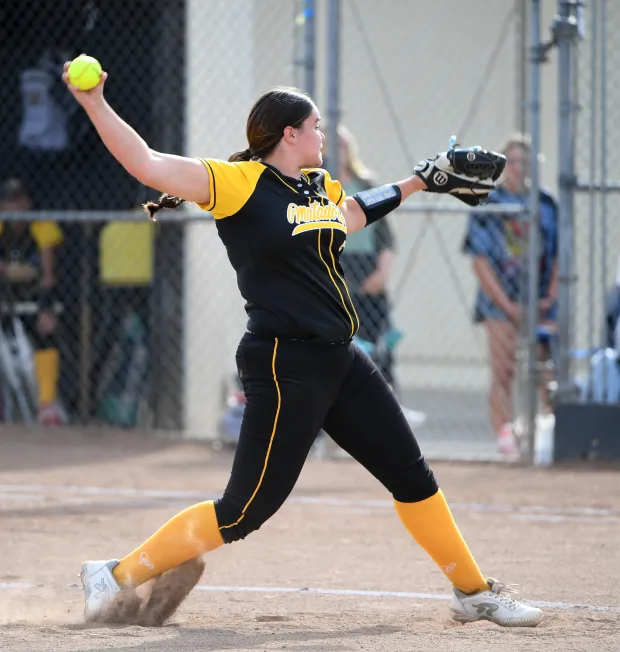






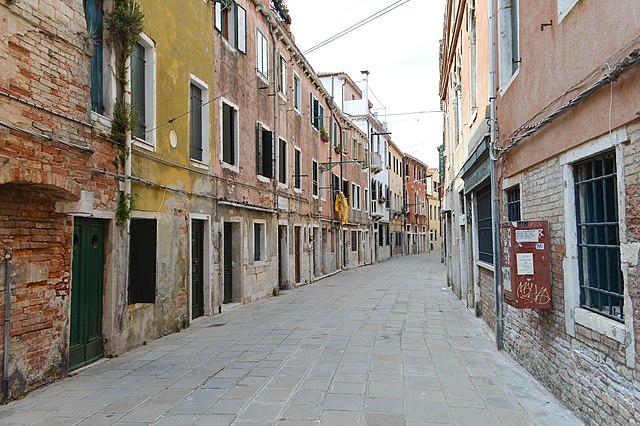

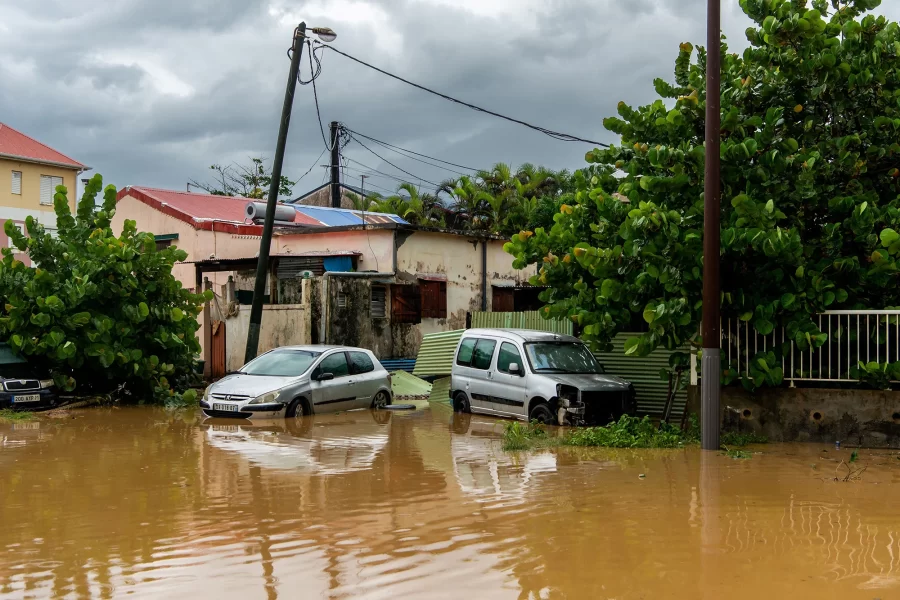




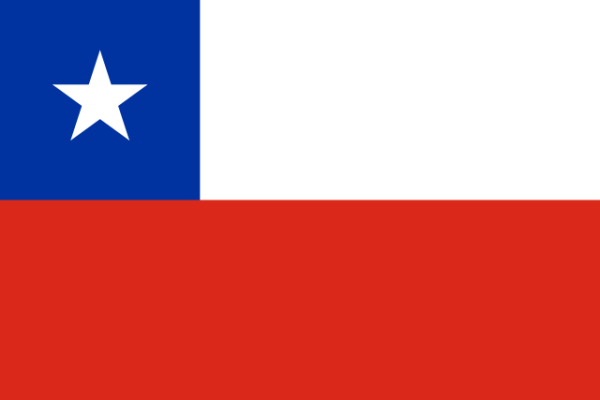
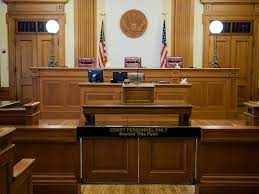



Aidan Ho • Dec 13, 2022 at 11:56 am
Nice article, I really like how you put where the hurricane went.